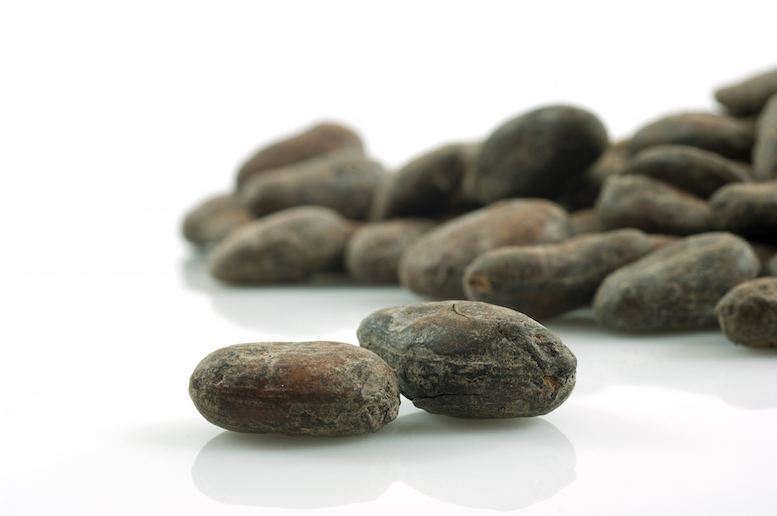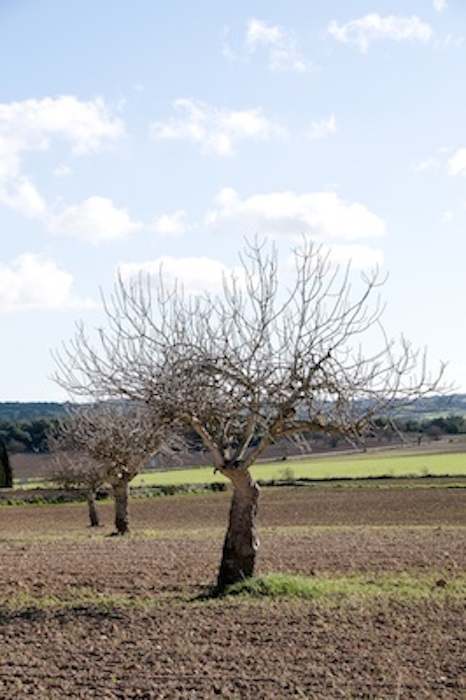We need plants.
They are food for people and animals.
They clean our air.
They give us clothes.
They give us medicine.
They make our world beautiful.
Plants are useful to us in many ways. They provide food and are used to make many things that we need such as medicines, clothes and paper. Trees are big plants that help provide housing and furniture.
Plants improve our air. They take in the carbon dioxide gas that we breathe out because they use it to make their food. They turn it into oxygen which animals, including humans, need. Oxygen is a gas with no colour or smell and it is part of the air people breathe and the water people drink. Many living things also need oxygen in order to live.
Plants feed us and also the animals we eat. ©Getty
Plants are food for us. They give the us the vitamins and minerals we need to grow and stay healthy. We eat the roots of plants such as carrots and potatoes.
We eat the fruits of many plants. Apples, bananas and grapes are all fruits of plants.
We eat the seeds of plants or use the seeds to make something else such as flour. Rice, wheat and corn are the seeds of plants.
Read the kidcyber pages:
Chocolate is made from the seeds of the cacao tree. The seeds grow in pods.©Getty
Many of our drinks are made from plants. Fruits are crushed and squeezed to make drinks and cordials.
Tea and coffee and chocolate come from plants.
Read the kidcyber pages:
Herbs and spices add flavour to our foods. Herbs are the leaves of plants and spices are made from the roots and bark of plants. Plants are used to make medicines.
Cows eat grass and turn it into milk to feed to their calves. People milk the cows and drink the milk too.©Getty
Plants are eaten by the animals we raise for food and milk and other products.
Plants such as cotton and flax are made into fabric and the fabric is used to make our clothes. Wool is obtained from sheep, goats and alpacas, all of which eat plants, and is made into clothing for humans.
Silkworms are caterpillars that eat the leaves of the mulberry tree and spin their cocoons with a fine silk thread. The cocoons are unwound and the threads are woven into cloth to make clothes and parachutes.
Read the kidcyber page:
©Getty
Plants make gardens and parks enjoyable places to be as well as making our towns and cities attractive. Plants in the wild make great places to visit and explore, places where all kinds of creatures live.
Can you think of other ways that we use plants?
Plant Growth
To grow, plants need water, sunshine for warmth and light, and minerals for health.
The minerals come from the soil and are dissolved in the water and taken up by the plant's roots. Soil containing dead and rotting plant and animal material is the best soil for plants. Worms and other burrowing animals carry mix this material into the soil.
Plants also need the gases carbon dioxide and oxygen, which come from the air around them. They use carbon dioxide, water and sun's energy to make its food. This process is called photosynthesis (say foe-toe-sin-thess-iss) and the leaves are used to convert sunlight into food. Plants are the only living things that create their own food. Green plants have a chemical called chlorophyll in their leaves. This chemical lets the plant use the sun's energy, water and carbon dioxide to make food. It is the chlorophyll which makes the leaves green.
A plant produces oxygen as it makes its food. It needs some oxygen but not a lot. The oxygen the plant does not need passes out of the plant through its leaves and goes into the air we breathe.
Roots grow towards water. Stems grow towards light. ©Getty
Roots
Potatoes grown on the fibrous roots of the potato plant. ©Getty
Roots hold the plant in the soil. They carry water and minerals from the soil to the plant's stem. Food made in the leaves travels down the stem and into the roots where it is stored.
There are 2 main kinds of roots :
Fibrous roots are thin roots that spread out through the soil like underground branches.
Tap roots are large thick roots with finer, hairy roots coming off them.
There are fewer tap roots and more branching roots.
Stem
The stem is the support. It keeps the leaves in the light and is where the flowers and fruits grow. It moves fluids between the roots and the upper parts of the plant.
Leaves
©Getty
Leaves have veins running through them. The veins carry the water and minerals from the roots and stem through the leaves. Veins also carry food made by the leaves to the rest of the plant.
Leaves also help in the process of transpiration, which is the loss of water vapour from a plant. They breathe for the plant. They take in carbon dioxide from the air and give out oxygen.
A typical leaf grows out of a stem and has two main parts: the blade ( the flattened part) and the petiole (say pet-ee-ole) which is the stalk connecting the blade to the stem. Some leaves also have stipules, small paired growths at the base of the petiole. Scientists are not quite sure what purpose they serve.
Leaves are food! ©Getty
Leaves come in many shapes and sizes. The smallest leaves are duckweeds, tiny aquatic plants with leaves that are less than 1 millimetre in diameter. One kind of palm tree has the largest leaves, more than 25 metres in length and 10 metres wide.
Leaves are food for animals. Plants are part of a food chain: animals eat plants, those animals are eaten by bigger animals, and so on to the biggest predator. This is called a food chain or food web.
©Getty
In some places where the ground freezes for a long time and there is little sunshine in the winter, leaves are not able to produce food, so the leaves of some trees die and fall off.
The tree becomes dormant, which is rather similar to sleep. When the ground warms and the sun shines more, the tree 'wakes up' and produces leaves again.
Flowers
Although flowers may look different from each other, they have a similar part to play in the reproduction of the plant, and so the parts of the flowers are the same.
Flowers come from seeds and they make seeds too. Each different part of a plant has a specific job. There are male and female parts of a flower : the carpel are female parts stigma, style, ovary and ovules; the stamen are male parts anther and filaments.
Flowers contain a fine powder, most often yellow, called pollen, located on the stigma. They are microscopic grains from the male part of a flower that are needed to fertilise the ovule, or female part of a flower. The pollen of one flower is transported by the wind, insects, or other animals to another flower. This is called pollination. When insects such as bees, birds such as honeyeaters and hummingbirds, or bats feed on the flower's nectar, pollen sticks to them and is taken to another flower. Flowers whose pollination is by insects have brightly coloured petals, and often fragrance, to attract them. Flowers whose pollination is transported by wind to other flowers do not need bright colours.
Pollination: as a bee collects nectar, pollen sticks to it and is taken to the next flower. The mixing of the pollen will result in fruit, in this case, cherries. The seeds are inside the fruit. ©Getty
When pollen reaches the carpel of a new flower, it activates egg cells in the ovary to make seeds. This process is called fertilisation.
The seeds of this plant are spread by the wind. Some will land where they can grow. ©Getty
The seeds are spread by animals or the wind.
This process is called dispersal. Some of the seeds will grow into new plants.
Read about the parts of a plant:
http://www.tutorvista.com/biology/parts-of-a-plant-for-kids
Read about pollination and watch a video:
http://easyscienceforkids.com/all-about-pollination/
Watch a video about how to help pollinators
https://www.youtube.com/watch?v=3bqwcky-01M















